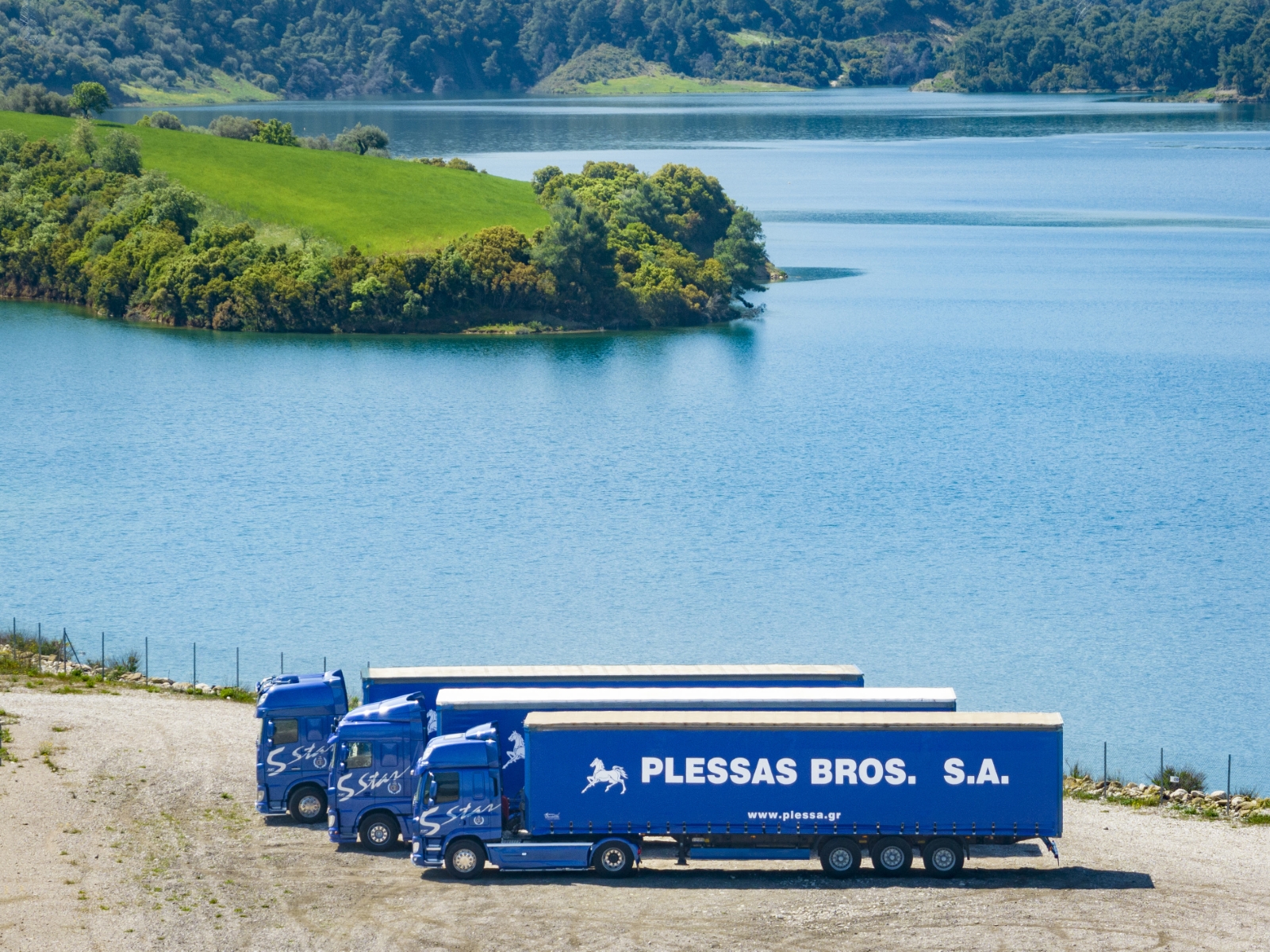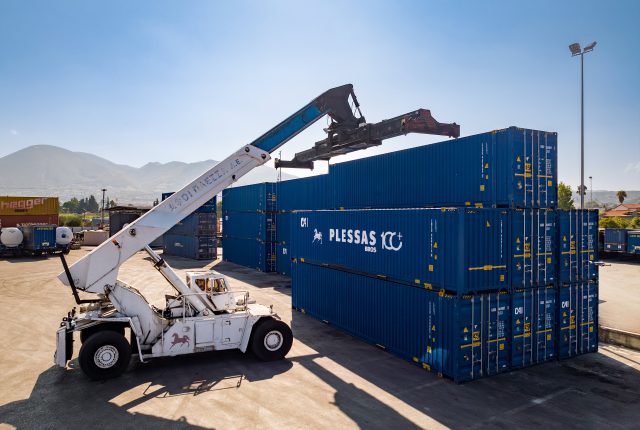
Sustainable Transportation: Embracing Green Logistics
As the world becomes increasingly aware of environmental issues, the logistics and transportation sectors are embracing green logistics. This approach aims to minimize the ecological footprint of transportation activities, enhance operational efficiency, and promote sustainability across the supply chain. Green logistics is essential for mitigating the adverse effects of traditional logistics practices, which contribute significantly to pollution and resource depletion.

Key Elements of Green Logistics
1. Eco-Friendly Transportation Modes
One of the fundamental aspects of green logistics is the selection of environmentally friendly transportation modes. Shifting from road to rail or sea transport can significantly reduce carbon emissions. Rail and maritime transportation are more fuel-efficient and produce fewer greenhouse gases per ton-mile compared to trucking.
2. Fuel Efficiency and Alternative Fuels
Improving fuel efficiency in transportation is another critical strategy. This can be achieved through the use of advanced vehicle technologies, regular maintenance, and optimized driving practices. Additionally, the adoption of alternative fuels such as biodiesel, electricity, hydrogen, and natural gas can greatly reduce the environmental impact of logistics operations.
3. Route Optimization and Smart Logistics
Using advanced logistics software to optimize routes can lead to significant reductions in fuel consumption and emissions. Route optimization involves calculating the most efficient paths for delivery trucks, taking into account factors such as traffic conditions, delivery windows, and vehicle capacity. Smart logistics solutions, including the Internet of Things (IoT) and artificial intelligence (AI), enable real-time tracking and predictive maintenance, further enhancing efficiency.
4. Green Warehousing
Green warehousing practices involve the use of energy-efficient lighting, heating, and cooling systems. Solar panels, green roofs, and energy management systems can reduce the energy consumption of warehouses. Additionally, optimizing warehouse layout and operations can minimize waste and improve resource utilization.
5. Sustainable Packaging
Reducing the environmental impact of packaging is another critical component of green logistics. This can be achieved through the use of biodegradable materials, recyclable packaging, and minimizing packaging volume. Sustainable packaging not only reduces waste but also lowers transportation costs by decreasing the weight and volume of shipments.
6. Reverse Logistics
Reverse logistics, the process of returning products and materials to the supply chain for reuse, recycling, or disposal, is an essential aspect of green logistics. Effective reverse logistics can help reduce waste, conserve resources, and create value from returned goods. It also includes practices such as refurbishing and remanufacturing, which extend the lifecycle of products.

Benefits of Green Logistics
Adopting green logistics practices offers numerous benefits, including:
- Environmental Protection: Reducing emissions, conserving resources, and minimizing waste contribute to a healthier planet.
- Cost Savings: Improved fuel efficiency, optimized routes, and reduced packaging can lead to significant cost reductions.
- Regulatory Compliance: Many regions have stringent environmental regulations. Green logistics helps companies comply with these regulations and avoid fines.
- Enhanced Brand Image: Consumers are increasingly valuing sustainability. Companies that adopt green logistics can enhance their brand reputation and attract environmentally conscious customers.
- Operational Efficiency: Sustainable practices often lead to more efficient operations, reducing delays, and improving overall service quality.

Challenges and Future Directions
While green logistics offers many benefits, there are also challenges to its implementation. High initial investment costs, technological barriers, and resistance to change are some of the obstacles companies may face. However, the long-term advantages of sustainability far outweigh these challenges.
Looking ahead, the future of green logistics will likely involve greater integration of digital technologies, continued innovation in alternative fuels, and stronger collaboration across the supply chain. As the transportation and logistics sectors evolve, sustainability will remain a key focus, driving the development of more environmentally friendly practices and technologies.




